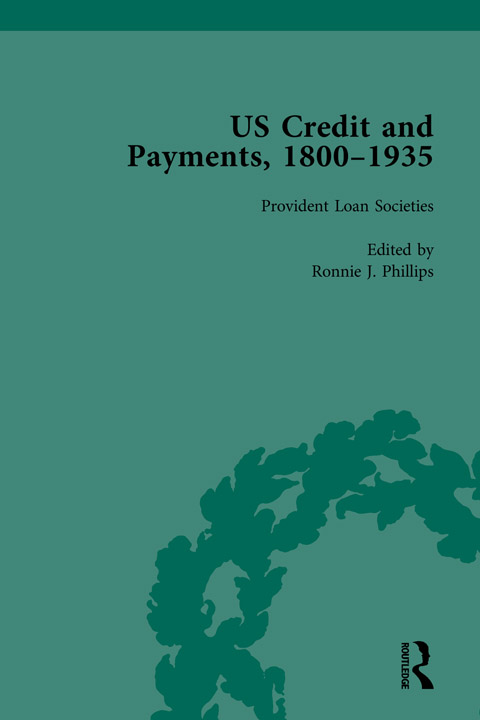Though today the terms building and loan associations and savings banks have virtually disappeared in the names of financial institutions in the US, at one time there was a clear distinction between banks of deposit, savings banks and building and loan associations. Today only thirteen institutions that have federal deposit insurance contain the phrase ‘building and loan association’ in their name. After the reforms of the New Deal Era in the 1930s which included the federal chartering and regulation of savings banks and building and loan associations, and the creation of the Federal Home Loan Bank System, these institutions became known as savings and loan associations and their federal regulator was the Federal Home Loan Bank Board which was renamed the Office of Thrift Supervision (OTS) after the financial crisis of the 1980s. In 2011, the OTS was merged with the Office of the Comptroller of the Currency (OCC) and its insurance fund was merged with the bank insurance fund operated by the Federal Deposit Insurance Corporation (FDIC).

